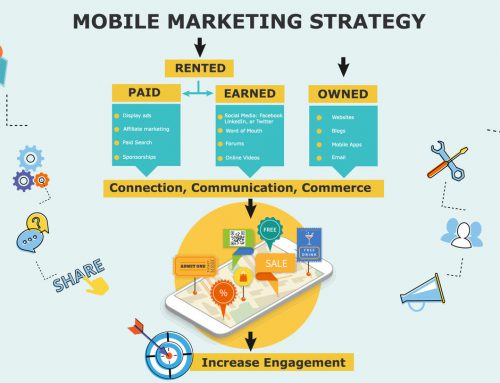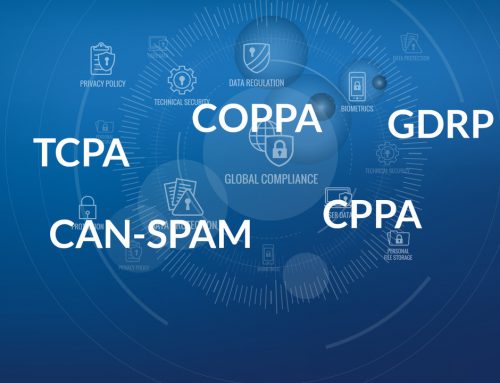One of the more difficult tasks to accomplish in life and in business is change. When strategic information systems are implemented there is a certain amount of change and adjustment that takes place. Because organizations have their own structure, processes and people unique unto themselves, a few challenges may be presented.
“Strategic information systems often change the organization as well as its products, services, and operating procedures, driving the organization into new behavioral patterns. Successfully using information systems to achieve a competitive advantage is challenging and requires precise coordination of technology, organizations, and management” (Education, 2018).
In this process procedures and basic day to day functions may be altered. Therefore, one of the biggest challenges is not only the integration of IT but, the management of implementing the system. “SISP is a fundamental tool of strategic IS management. Top management support of SISP, however, is often weak or absent (Kearns, 2006). The association between this support and strategic IS management is important to an understanding of top management’s role in the use of what has been acknowledged as a strategic tool” (Sepehri, 2003). In order to mitigate issues that may arise from strategic information systems it is the role of management to ensure that the goals of the business are well known and understood by IT and everyone else in the company. By establishing processes and keeping relationships (partners, customers, staff, competition) in mind when implementing IS systems hopefully the challenges will be at a minimum.
Education, P. (1/2018). MGT 608 – Managerial Support Systems (2018) [VitalSource Bookshelf version]. Retrieved from vbk://9781323829110
Sepehri, Mehran. “Evaluating the Effectiveness of Strategic Information Systems Planning (SISP)”.03, ProQuest.





